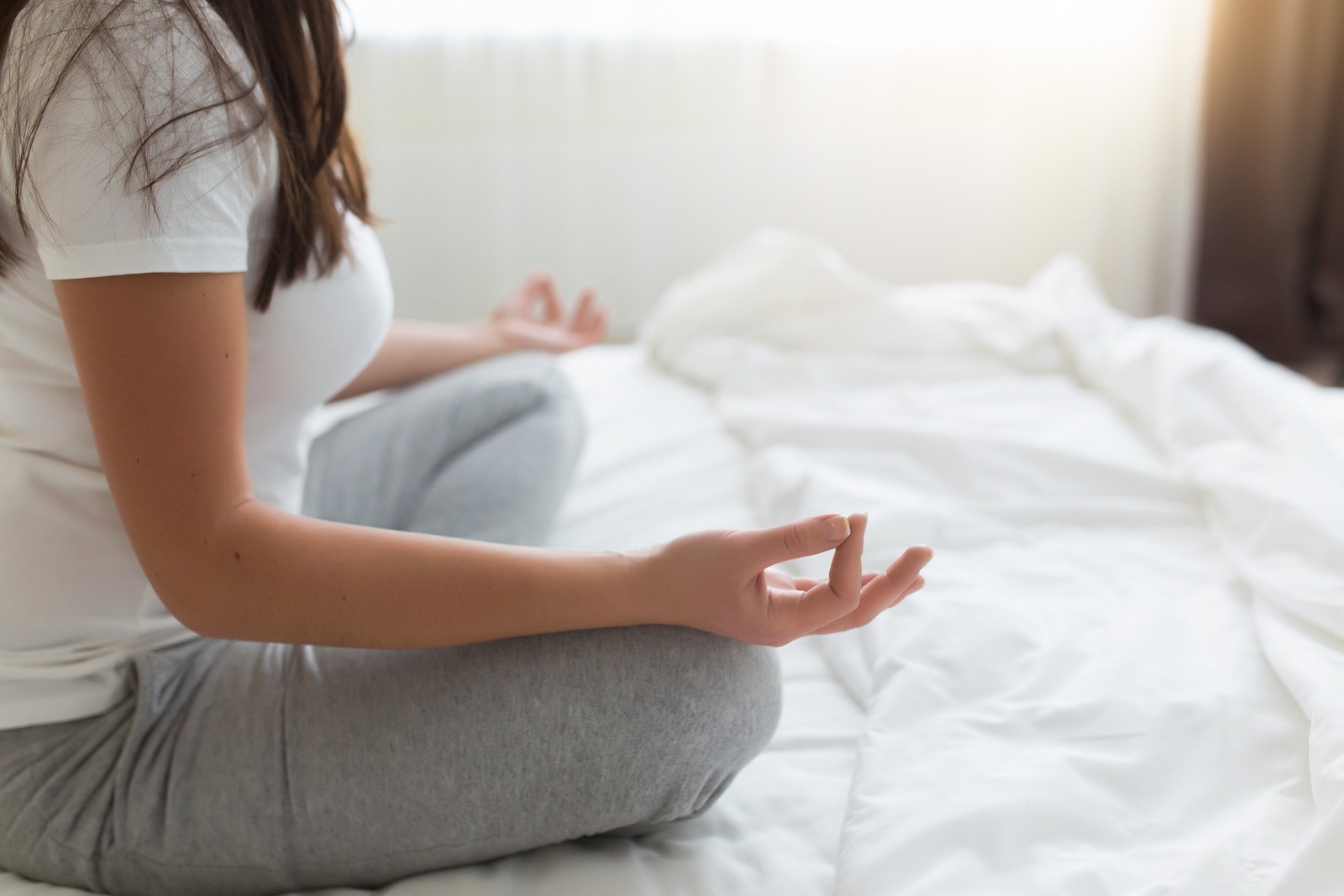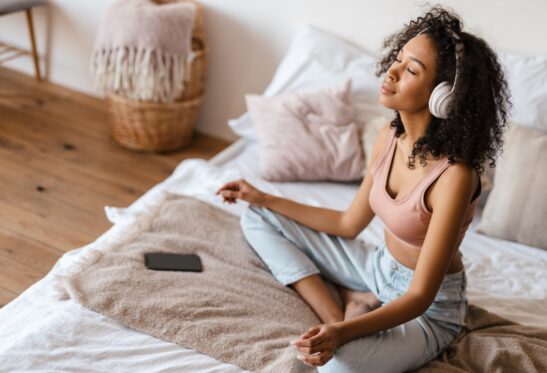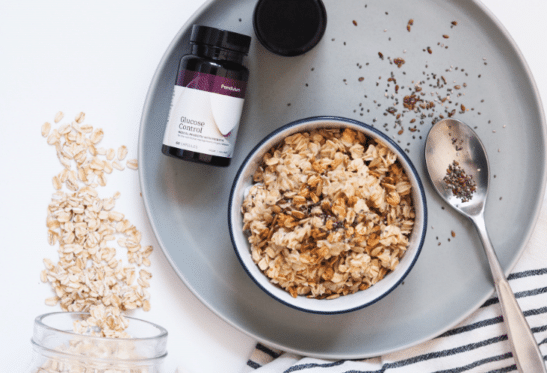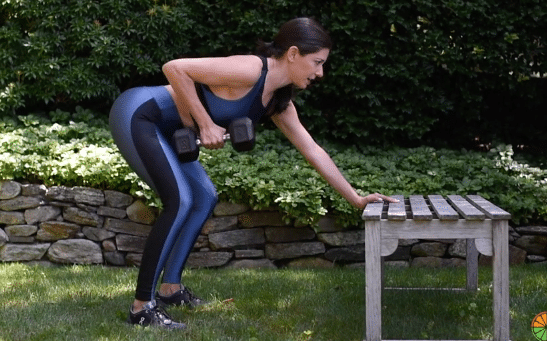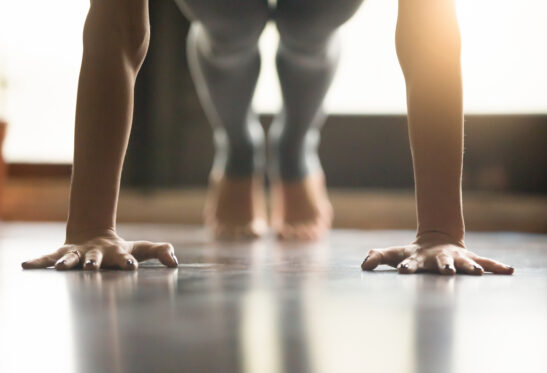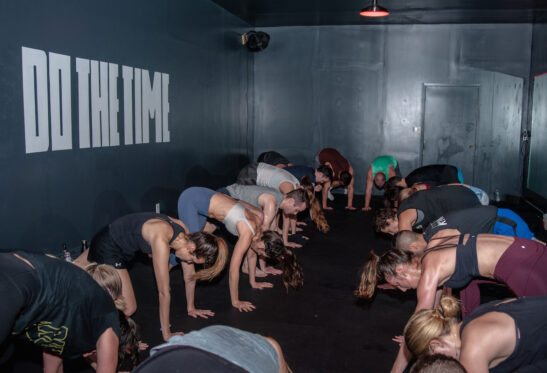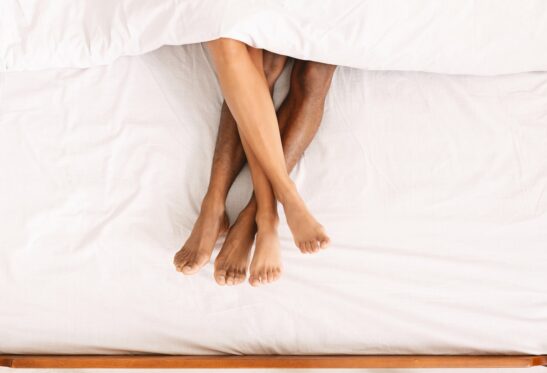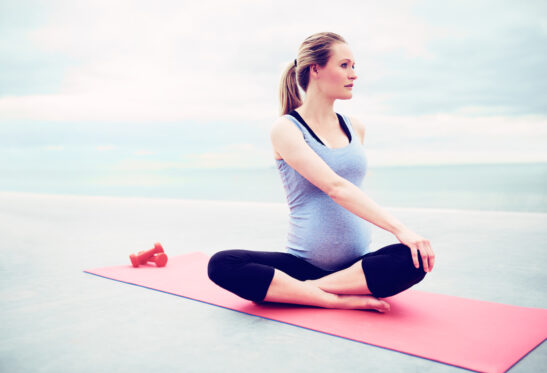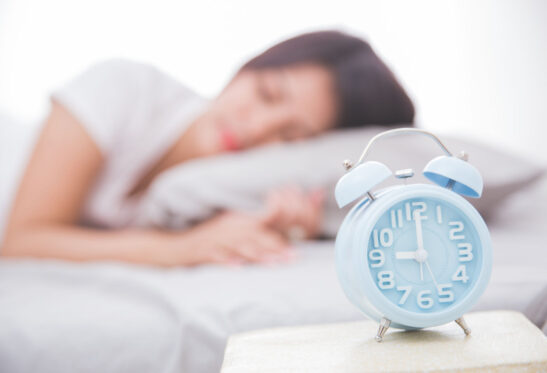A Simple Guide to the Stages of Sleep (and Why They Matter)
By Sarah SarwayHome » Sleep Deep » A Simple Guide to the Stages of Sleep (and Why They Matter)
There are few things that feel better than the moment when your head hits the pillow after a super long day. It’s almost like all the meetings, draining commuting, and stressful to-do lists disappear as you sail into nocturnal bliss. But if you’re not cycling through all of the sleep stages properly, you may not be reaping all of the benefits of staying in bed for eight solid hours.
Sleep, after all, is meant to be restorative; it’s those hours of shut-eye that ensure you’ll be recharged and ready to tackle the day ahead.
To truly soak up what those coveted hours in bed are promising, it helps to understand how your sleep cycle actually works and what you can do to make the most of each stage—so your brain and body will have the strength to power you through your crazy-busy-wonderful life.
Pre-Sleep Prep
Before we even get to the sleep stages, you’ve got to factor in some time for prep, says “America’s Sleep Doctor” Michael Breus, PhD, who serves as an advisory board member at SleepScore Labs.
“Sleep is a process, so I ask people to spend 30 to 60 minutes before bed winding down,” says Dr. Breus. “I call it the power-down hour, which includes 20 minutes for things that must get done, 20 minutes for hygiene, and 20 minutes for meditation, prayer, or relaxation.” During your power-down hour, make sure your iPhone is silenced and your bedroom is a cozy 68 or so degrees. “Cooler is always better, but below 65 degrees can wake a person up,” he says. You should have turned your computer or television off a while ago, but in any case make sure they’re powered down; even the most minor interruption can kick you right out of the beginning stages and keep you from falling asleep. Once you’ve reached full sleep-readiness, your sleep cycle can begin.
RELATED: 3 Simple Health Hacks for Better Sleep
Sleep Stages: Light Sleep
Once your mind, body, and bedroom are ready, stage one begins. “This is when you transition between wakefulness and sleep,” explains Dr. Breus and your body physically gets into sleep mode. “The muscles relax, breathing and brain waves slow down, and the eyes begin to roll slowly back and forth.”
During stage one, which lasts about five to ten minutes, you’ll be easily awakened by things like iPhone vibrations, rowdy neighbors, or a sudden need to sip some water.
RELATED: 5 Ways Your Bedroom Could Be Affecting Your Sleep
Stage two, which is basically a deeper version of stage one, follows soon after. The body will go to this stage multiple times; ideally it will make up about 50 percent of your entire night. “You may have a sensation like you are falling in the beginning of this stage,” says Dr. Breus. You may hear light noises, but you probably won’t notice or react to them.
Sleep Stages: Deep Sleep
Stages three and four are both part of deep sleep. This is where the mental and physical restorative magic happens. Stage three lasts about 30 minutes, while Stage four usually goes on for 45 minutes to an hour. During this deep sleep (also called “slow wave” sleep) portion of the night, the muscles relax, the eyes stop moving, and the body enters a total state of relaxation. There’s a lot of restoration happening, and you’ll be pretty unwakeable. It’s during these two stages that your body will recover from that morning’s insanely hard spin class. “Growth hormone levels increase for muscle repair,” explains Dr. Breus. “This is the ‘wake up and feel great’ portion of sleep.”
Sleep Stages: REM Sleep
Last is the famed Rapid Eye Movement (REM) stage of sleep, which is what Dr. Breus calls the mentally restorative portion of the cycle. “Your brain moves information from short- to long-term memory,” he says, explaining that this increase in brain activity is what causes all those wild and wacky dreams. And although the brain is super hard at work getting organized, the body will be totally and completely relaxed.
After REM, you may jump in and out of different stages in different orders. “There is nothing that determines that you go through all four stages because sleep does not really work that way,” says Breus. “Your brain knows which stages it needs and when to get them.”
In total, you may go through the cycle five times, each one lasting 90 minutes. You’ll wake up once your body gets what it needs from each of the cycles, even if the total time in bed clocks in under the coveted eight hours. “Eight hours is a myth,” says Dr. Breus. “Not everyone has the same sleep need, so seven to nine is actually a better range.”
The trick is, you’ve got to set yourself up right (i.e. no Netflix in bed, no Instagram notifications during light sleep, and remember that whole first part about sleep prep??) in order for your body to get the shut-eye it requires. Work on that aspect, and you’ll wake up on the right side of the bed way more often.
(Featured Photo: Burst.Shopify)
DISCOVER MORE
RECENT ARTICLES

Want a sneak peek inside the program?
Get FREE access to some of the core training materials that make up our signature program – Become a Nutrition Coach.
Get Access Sleep Deep
Sleep Deep